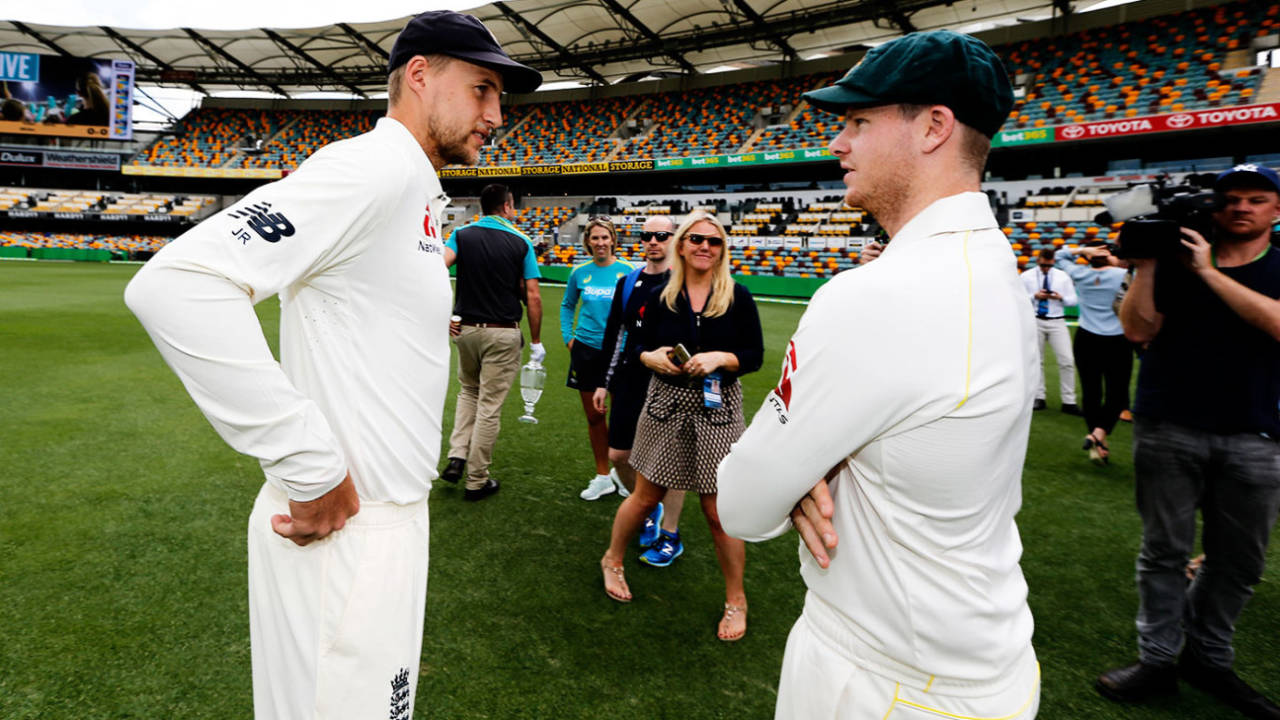If Willie Nelson had been born in Australia or England, he may have penned a different song: "Mama, Don't Let Your Babies Grow Up to be First Drop."
In recent times, there has been a reticence on the part of talented players from those parts to bat at No. 3. Michael Clarke studiously avoided the position.
Steven Smith has
batted there, but at the first opportunity he opts
for his preferred No. 4. All of this notwithstanding Australia's chronic weakness at three following Ricky Ponting's retirement.
In each case, it's a talented batsman allowing a less qualified player to bat ahead of him in the order. That is a strange stance for any fierce competitor to adopt. Why this aversion to No. 3?
Unless you are a born opener, No. 3 is the ideal position to bat. Even in the event of an early loss of wicket, the No. 3 is still pre-empting disaster, and there's a golden opportunity to set the tone for the innings. Surely it's better to come in at 1 for not many rather than 2 for very few.
In India, where Cheteshwar Pujara has made a strength of the position, the tune is very different. Pujara grasped the opportunity to bat at three early in his career, and apart from struggling in England, he has made the position an Indian strength. His spectacular success on the last tour of Australia was instrumental in helping India win a series there for the first time.
Without referring to stats, I've said in commentary: "If you aren't mentally attuned to going in early then No. 3 is not the spot for you."
This attitude was formed in part by memories of batting at the WACA in 1975-76. In four innings -
two in Tests and
two in Shield cricket - I was in second ball twice and in all four innings, faced up in the first over. After that mind-focusing experience, a mate of mine said: "Have you ever considered walking out with the openers and standing by the square-leg umpire? It would save time."
When I actually collated the figures, I was staggered at how many times a No. 3 went in at 0 for 1. On average, it's about 7% of the time, and they are in before the score reaches ten in about 30% of their innings. One of the players who was saved from that situation more than most was the batsman who needed the least protection - Sir Donald Bradman (about 3.5%).
Smith has no reason to claim he was victimised by batting at No. 3 because, like Bradman, he too is well below the average for going in early and well above it for walking in when the total has passed 100. Root, on the other hand, walks in with the score less than 20 on an above-average number of occasions, so why not come in when one less wicket has fallen?
One Australian who has embraced No. 3 is
Marnus Labuschagne. Sensing a problem position with Usman Khawaja's failures away from home, he volunteered to go in at first drop. Labuschagne's tremendous success at No. 3 has solved Australia's problem and helped stabilise the batting. Crucially, the team is now far less reliant on Smith and David Warner to accumulate sizeable totals.
I've never been a proponent of the theory that the best player bats at three, believing this to be a hangover from the heady days of Bradman. Nevertheless, if a team is fortunate enough to possess a talented and forceful batsman, he'll have the greatest effect at No. 3. It's no coincidence that in some of Australia's greatest eras, the number threes were Bradman, Neil Harvey and Ponting.
